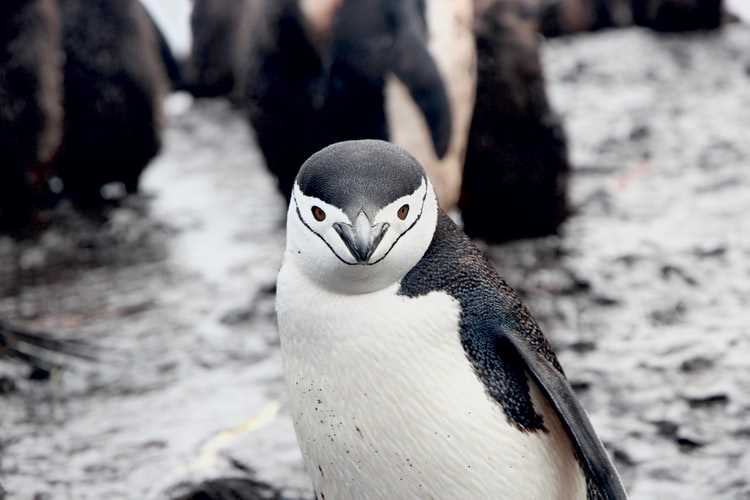
The population of chinstrap penguins have dwindled by more than three fourths in the last 50 years, Greenpeace International tweeted on Tuesday citing a new study. Researchers from its Pole to Pole expedition recorded a dramatic fall in Antarctic penguin population since their last count 50 years ago, Greenpeace said.
Independent researchers on board the Greenpeace expedition to Antarctica last month studied the birds in their 32 colonies on Elephant Island and found a more than 60% decline in their numbers. Some Western Antarctica colonies have shrunk by 77% since the last survey in 1971, the scientists say. Such dramatic decline indicates a fundamental change in the southern continent, British environmental journal The Ecologist cited Heather J. Lynch who designed the study.
The fall in chinstrap population is attributed to fewer krill, their most important prey, due to less sea ice and warmer oceans. Scientists blame global warming and climate change for this phenomenon. Antarctica has been witnessing record high temperature this year. An Argentine base recorded an all-time high temperature of 18.3C (64.9F) in Antarctica. The earlier record was 17.5C (63.5F) which was witnessed in March 2015.
The scientists from Stony Brook University and North-eastern University on board the Esperanza and the Arctic Sunrise used drones to estimate the damage to chinstrap population by climate change. The number of breeding pairs of chinstraps in Elephant Island has dwindled to 52,786 from 1,22,550 in 1971. Chinstrap penguins live in the harshest of conditions in the Antarctic Peninsula. The researchers who recorded the dramatic decline in chinstrap population, found a remarkable increase in the population of gentoo penguins.
